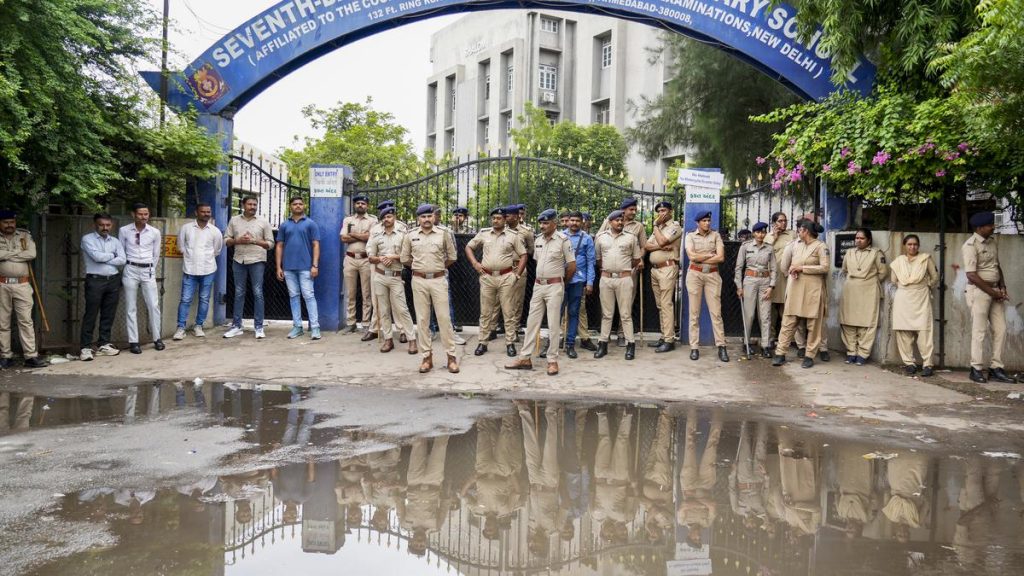Now Reading: Rising Air Turbulence Linked to Climate Change: Key Routes Affected
-
01
Rising Air Turbulence Linked to Climate Change: Key Routes Affected
Rising Air Turbulence Linked to Climate Change: Key Routes Affected

Fast Summary:
- A recent Delta flight from Salt Lake City experienced severe turbulence,causing 1,000-foot drops and violent shaking. Twenty-five passengers were hospitalized due to injuries sustained during the event.
- Climate change is increasing instances of extreme turbulence by altering temperature shifts and atmospheric wind patterns. Experts predict a doubling or tripling in the frequency and severity of turbulence incidents worldwide.
- According to Turbli, flights passing over mountainous regions like Nepal, Bhutan, Santiago (Chile), Mendoza (Argentina), and Europe’s Alps are among the world’s most turbulent routes due to disturbed air currents.
- Clear-air turbulence caused by jet streams-harder to predict-is also on the rise due to warming air temperatures globally. A study found North Atlantic severe clear-air turbulence incidents were 55% more common in 2020 compared to 40 years prior; continental U.S cases rose by 41%.
- Aviation companies design planes for resilience against turbulence, such as flexible wings on Boeing aircraft. Despite increased risks linked with climate change, flying remains one of the safest modes of transport.
Read More: Discover Magazine – Extreme Turbulence
Indian Opinion Analysis:
The phenomenon of increasing extreme turbulence due to climate change highlights an emerging challenge for global aviation safety-one that India must account for given its expanding role in international travel and tourism. With mountainous terrain prevalent near its northern borders and heavy reliance on flights connecting diverse geographies-including vulnerable areas experiencing rapid atmospheric changes-the country could face higher risk levels over time.
India’s aviation sector may need proactive strategies such as enhanced pilot training for handling unpredictable conditions or investments into technology capable of detecting clear-air disturbances more precisely. long-term adaptation will also require coordinating with international efforts addressing climate challenges while ensuring passenger safety standards remain robust under evolving risks.
India’s growing domestic market means awareness campaigns about understanding inflight procedures during bouts of moderate-to-severe turbulence could bolster preparedness without creating alarmism among travelers unfamiliar with their rare likelihood but potential intensity.

























